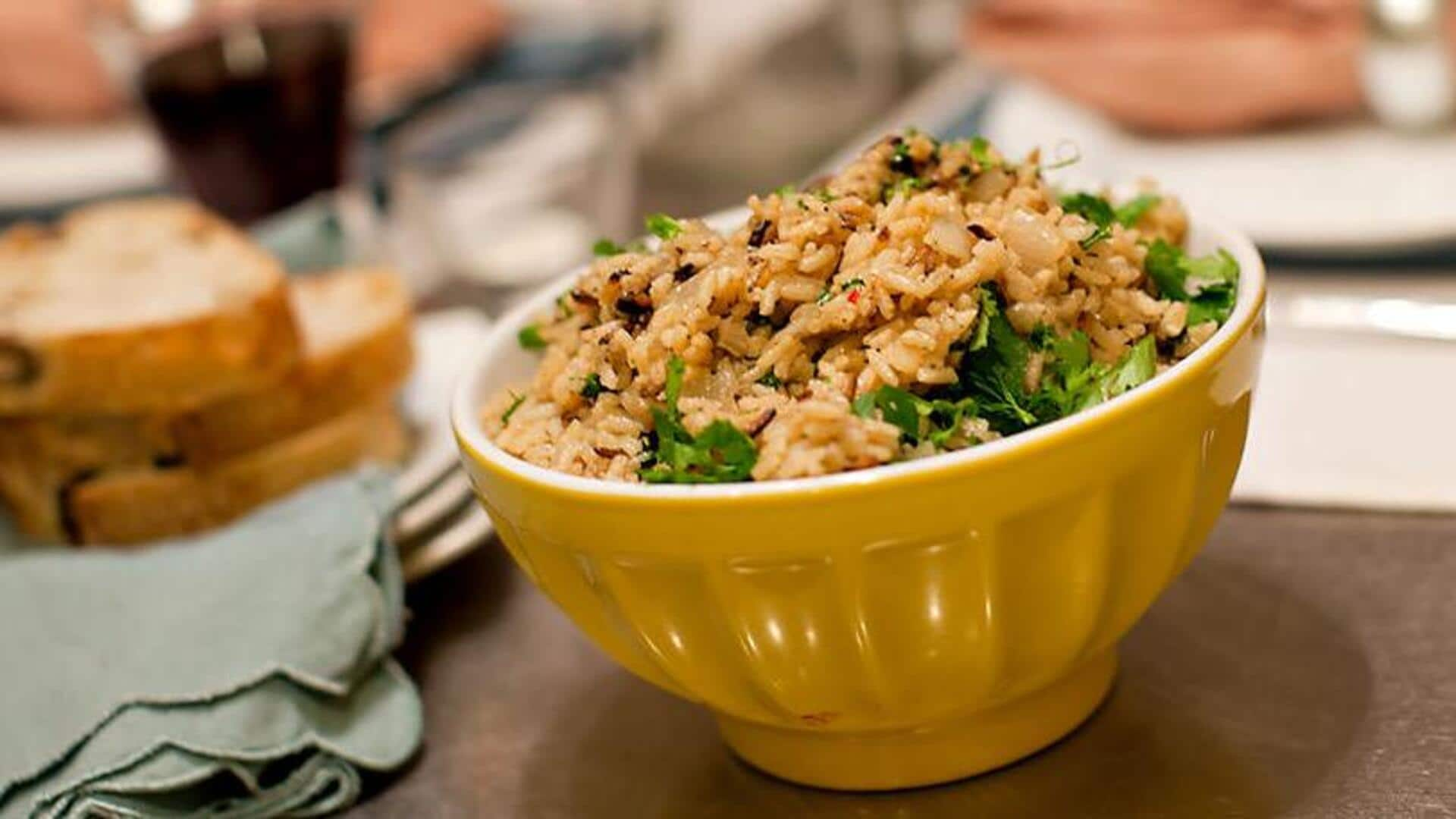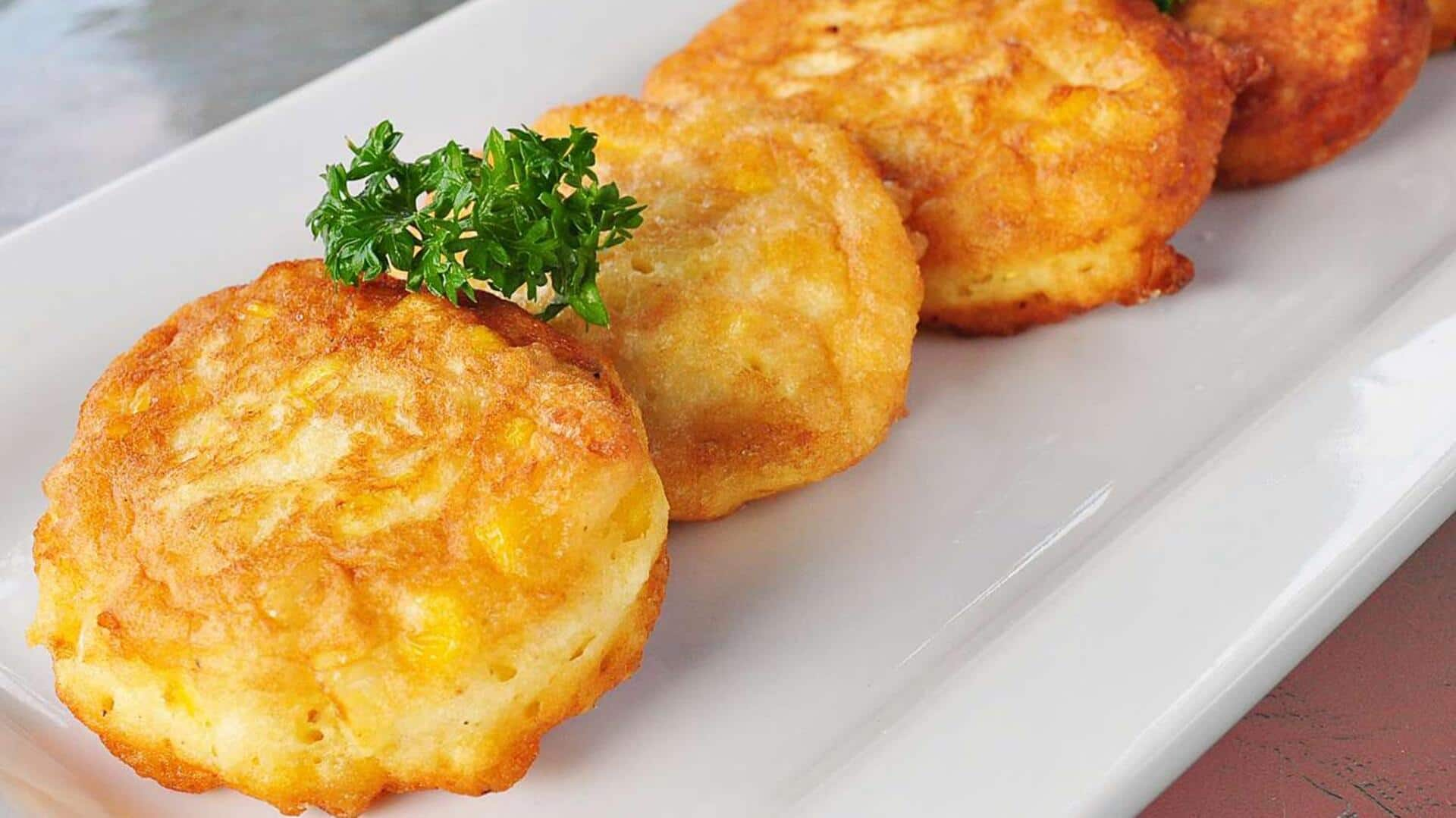Measuring Water Correctly
One of the most widespread errors is incorrect water measurement. The water-to-rice ratio is crucial, usually 2 cups of water for every 1 cup of uncooked
rice. Some individuals opt for the fingertip method; however, this technique could result in inconsistent outcomes. Always measure precisely using a measuring cup for consistent results. Using too much water may lead to mushy rice, while not enough water can leave the grains undercooked and crunchy. Take the time to measure accurately for perfect rice.
Rinsing Rice Thoroughly
Many skip rinsing the rice, but this is a significant mistake. Rinsing the rice before cooking removes excess starch. Excess starch can make the cooked rice clump together and become sticky. Rinsing the rice until the water runs clear removes the starch and ensures separate, fluffy grains. Place the rice in a fine-mesh sieve and rinse it under cold water, gently agitating the rice with your hands. Rinsing helps to remove any surface starch and impurities, contributing to a cleaner taste and texture.
Choosing Right Pan
Selecting the correct pot is vital. A pot with a tight-fitting lid is crucial for keeping the steam in and cooking the rice evenly. The lid should fit snugly to prevent steam from escaping, thus maintaining the correct moisture level. A heavy-bottomed pot is preferable to prevent scorching, which can happen when heat is not distributed evenly. Make sure the pot is large enough to accommodate the rice as it expands. For example, using a saucepan that is too small can cause overflowing and uneven cooking.
Avoiding the Lid
It's tempting to lift the lid to check the rice, but this is one of the worst things you can do. Resist the urge to peek while the rice is simmering. Lifting the lid releases steam, which interrupts the cooking process and can lead to undercooked rice. The trapped steam is essential for the rice to cook correctly. Keep the lid on tight, and avoid lifting it until the rice has finished cooking. This allows the rice to steam properly and helps it cook evenly.
Letting Rice Rest
Once the rice is cooked, leave it to rest. After the rice is cooked, remove it from the heat and let it sit, covered, for about 10-15 minutes. This resting period allows the steam to redistribute throughout the grains, resulting in a fluffier texture. During the resting time, the rice continues to absorb moisture and finishes cooking perfectly. Do not stir the rice immediately after cooking. Fluff the rice gently with a fork before serving to separate the grains and maintain its light texture.





